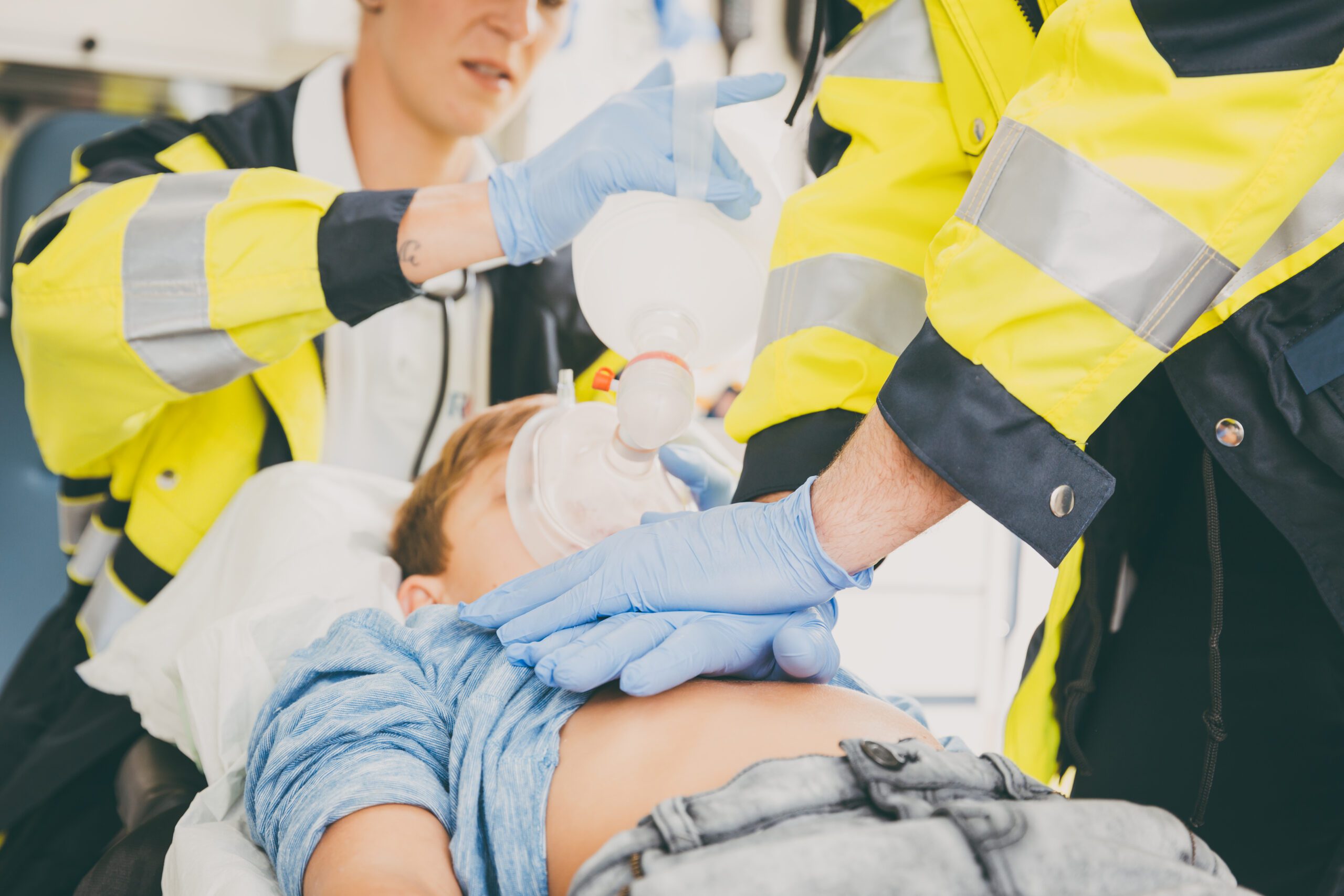Pediatric High Performance CPR

Kids in Arrest Should be Treated Like Adults in Arrest
A 2-year-old boy has been pulled out of the pool limp and lifeless after a 6-minute submersion. 911 is called and EMS professionals are 7 minutes away. They hear the tones go off at the station and are dispatched to a “2-year-old in cardiac arrest.”
If you are like most healthcare providers, you likely just experienced a negative visceral reaction after reading those words.
This is how nearly 100% of healthcare providers begin their pediatric calls each day, both in the field and in the hospital.
Contrast this with a 60 YR old male in cardiac arrest. The reaction is completely different and emotions are kept in check. Both cases utilize the same medical algorithm yet these 2 patient subsets are treated very differently. The question is why?
The answer is found in how the brain processes different types of information, a topic beautifully written about by Dr. Daniel Kahneman in his best-selling book, Thinking Fast and Slow.
Adult care can be provided using what he calls System 1 thinking
- Immediate, automatic, instinctive, pattern recognition
Pediatric care uses System 2 thinking
- Slow, forced – requires “working memory”
The presence of System 2 thinking in Pediatrics is the most critical factor to understand, and recognizing that it must be removed during a critical call is the key to breaking through in pediatric care. The focus should not be on figuring out the child’s weight, or determining the dose or mathematical equations. If we remove these decades old requirements we can begin to reshape human behavior at the point of care, where it matters most.
In this video we describe a step by step approach to pediatric critical care using training that is specifically geared towards System 2 elimination. Note how the confidence, preparation and on scene management mirrors that of the adult call.
Polk County Fire Rescue has deployed these techniques via our educational platform and recently reported their arrest statistics. What changed? Confidence of the providers leveled up with that of the adult patient. All patients were treated on scene and epinephrine was administered within 5 minutes of arrival on scene. The patients also had placement of an advanced airway prior to being moved.

We now know that these results are not only possible, but sustainable.
Dr. Kahneman won the Nobel Prize for his work describing System 1 and System 2 thinking and I credit him for helping us realize the real issues in pediatric care. We now know that Pediatrics doesn’t have to be “hard,” and the age old excuses of “we rarely see pediatric patients,” and “kids are different,” turns out to be untrue. Let’s turn this ship around and strive to perform at our peak for our youngest patients.

